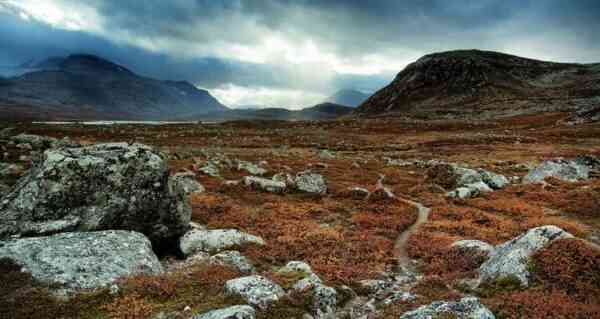The boundless spaces of the northern tundra only seem lifeless. Yes, the diversity of local flora and fauna is small, and scientists believe that until relatively recently the tundra zone was much richer in life, but even now many creatures live there. And people, by the way, too – representatives of many indigenous peoples of the North still lead a traditional way of life, roaming the tundra with their herds.
Interesting facts about the tundra
- There are also trees here, but they are rare and stunted. They are found mainly along rivers, and do not form forests.
- The word «tundra» Siberian origin, and it was introduced into use by the historiographer Karamzin.
- The entire Russian tundra is sandwiched between endless taiga forests and arctic deserts.
- The most common plants in the tundra are lichens and different types of mosses. Deer mainly feed on them.
- The air over the tundra zone is poorer in oxygen than over the taiga, because there are not enough plants to efficiently process carbon dioxide.
- Most of the trees found in the tundra are dwarf varieties, and they usually do not exceed 15-20 centimeters in height.
- The tundra receives less rain each year than many sandy deserts. But it is not dry here, because due to the abundance of swamps, moisture evaporates very slowly.
- In the temperate zone, in the mountains, at a certain height, there is also a tundra zone. It is even in the warm Crimea.
- The northern tundra is located mainly on the territory of four countries – Russia, Finland, the USA and Canada (interesting facts about Canada).
- In winter, the inhabitants of the northern tundra do not see the sun for a long time because of the polar night.
- Even in summer, the temperature in the tundra rarely rises above +10-12 degrees during the daytime, and frosts are not uncommon at night, even in July-August.
- Even in winter, the thickness of the snow cover in the tundra usually does not exceed 10-20 centimeters, although occasionally it can reach half a meter. This is because the fan that never stops here blows away the snow.
- Winter in the tundra lasts about 8-8.5 months a year.
- Over the northern tundra one can often observe one of the most amazing atmospheric phenomena – the aurora borealis.
- The entire northern tundra lies in the permafrost zone, and the thickness of the fertile soil layer that thaws in summer is usually 10-15 centimeters, no more.
